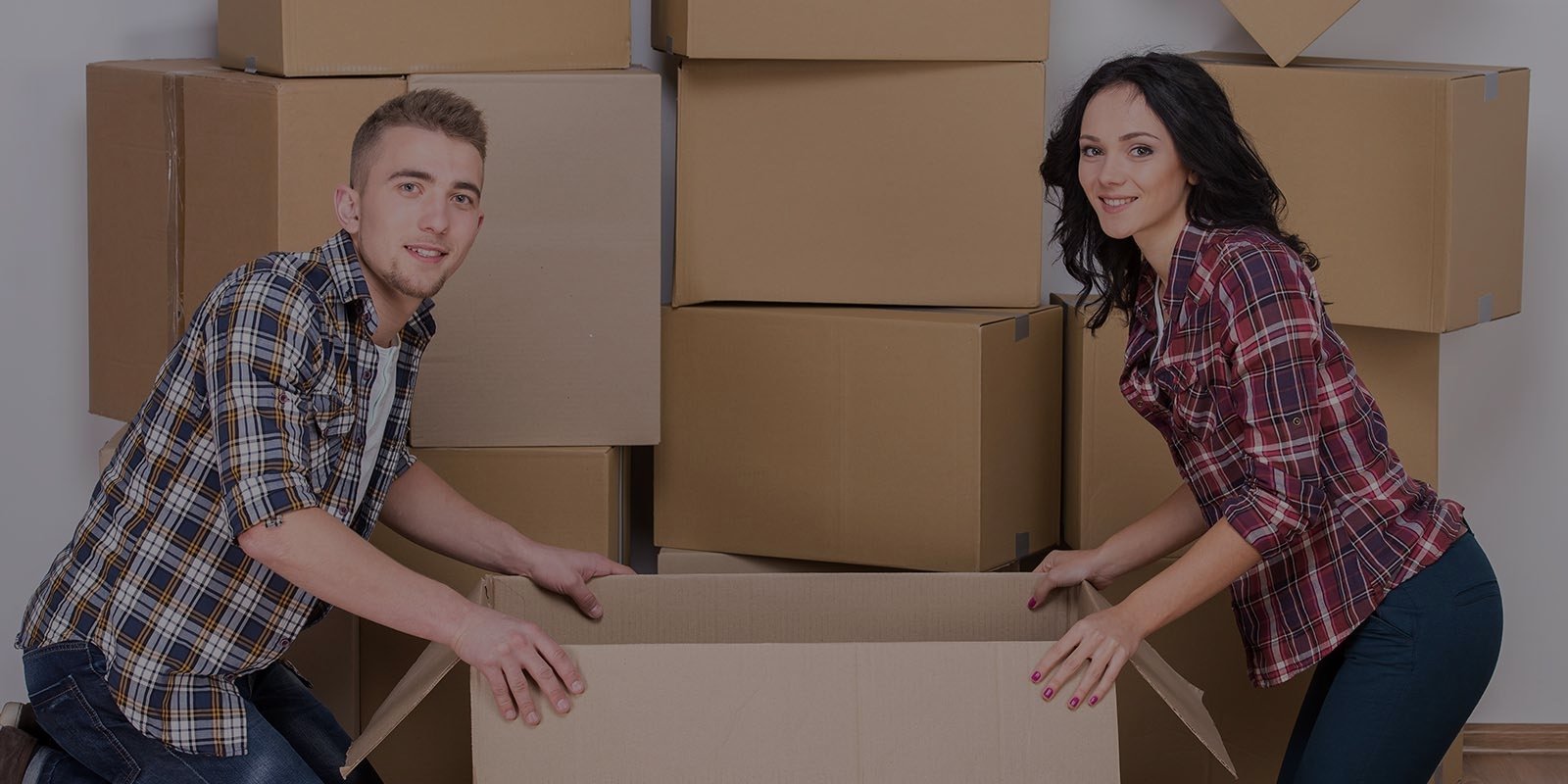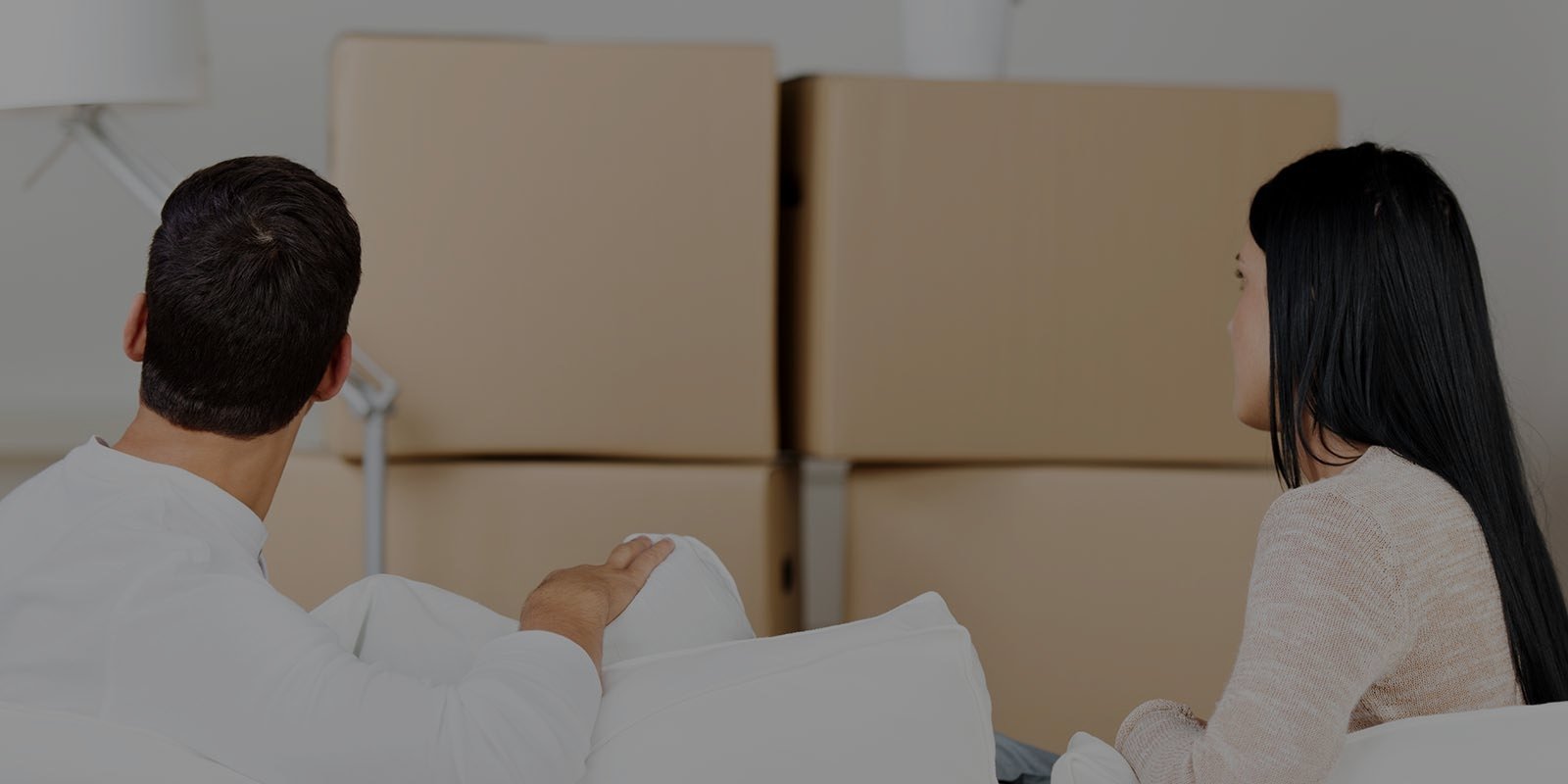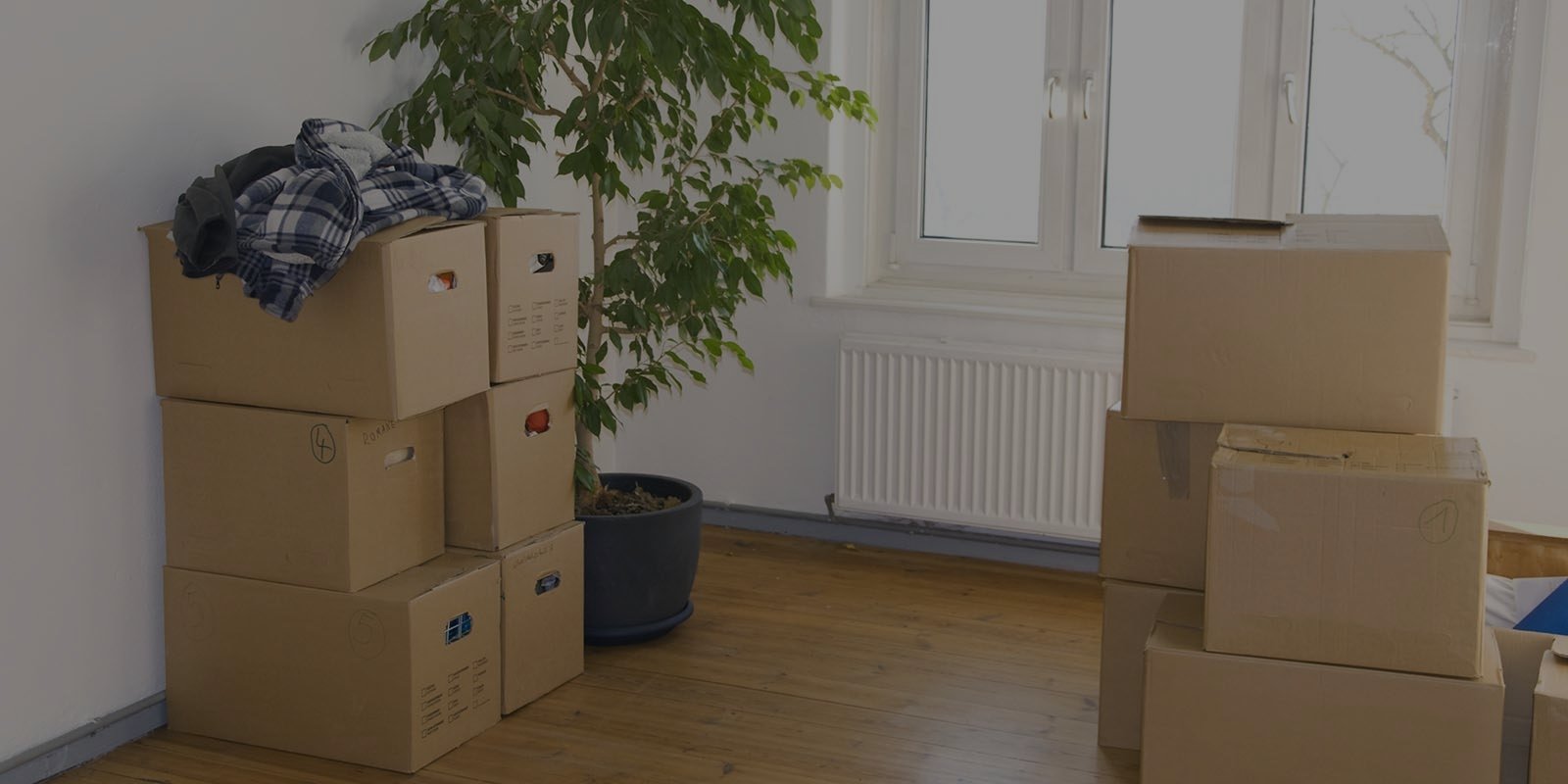Essential Guide: Safely Moving Your Bed and Mattress
Posted on 08/06/2025
Essential Guide: Safely Moving Your Bed and Mattress
Relocating can be a complicated endeavor, and moving your bed and mattress adds a set of unique challenges. Given how vital a good night's sleep is to your well-being, ensuring that your bed and mattress reach your new home undamaged is paramount. This comprehensive guide will walk you through every step of safely moving your bed and mattress, from planning and preparation to actual transport and setup.
Why Is It Important to Carefully Move Your Bed and Mattress?
A bed and mattress represent significant investments in comfort and health. Improper handling can lead to physical damage, unwanted stains, or even void manufacturer warranties. Moreover, beds tend to be bulky, heavy, and awkwardly shaped, while mattresses can bend, fold, or tear if not properly protected and moved. Learning how to transport your bed and mattress correctly will ensure both longevity and continuous sleep quality.
Main Risks Involved in Moving Beds and Mattresses
- Physical damage (scratches, breaks, or warping of bed frames)
- Soiling or staining (mattresses absorb dirt and moisture easily)
- Mold and mildew (from improper storage or exposure to dampness)
- Personal injury (mattresses and bed frames can be difficult to maneuver)

Preparation: Planning Your Bed and Mattress Move
1. Assess the Bed and Mattress Size
Start by measuring your bed frame and mattress. Most common sizes include Twin, Full, Queen, King, and California King. Knowing these dimensions is crucial for choosing the right vehicle and ensuring the bed and mattress will fit through doors, stairways, and hallways.
2. Gather Necessary Tools and Supplies
- Mattress bag or cover (to protect against dirt and moisture)
- Moving blankets and furniture pads
- Ratchet straps or strong ropes (to secure mattress and bed parts)
- Hand tools (screwdrivers, wrenches, Allen keys for disassembly)
- Bubble wrap and tape (protect sharp corners or delicate pieces)
- Dolly or hand truck (especially for heavier bed frames)
- Ziplock bags (for screws and small fasteners)
- Markers and labels (to mark bed parts)
3. Prepare Your Moving Vehicle
The best vehicle to move a mattress and bed is a moving van or a truck. Confirm that your mattress will fit the cargo area without being forcibly bent out of shape. Transporting a mattress on the roof of a car is dangerous and should be avoided if possible.
How to Disassemble and Prepare Your Bed for the Move
1. Remove Bedding and Accessories
Start by stripping all sheets, pillows, and covers. Wash and pack them separately. This ensures everything is fresh and ready for use at your new home.
2. Take Apart the Bed Frame
- Refer to manufacturer instructions for guidance if available.
- Take pictures at each step to make reassembly easier.
- Remove slats or support beams and wrap them with padding.
- Keep all screws, bolts, and hardware in labeled bags.
- Bundle long parts together and pad any decorative or fragile pieces.
3. Prepare the Mattress for Transport
Clean your mattress by vacuuming both sides, and check for stains or moisture.
- Slide the mattress into a protective bag or cover, sealing it tightly.
- Handle the mattress by its sides (not by the corners) to avoid damage.
- Keep the mattress upright * while moving to reduce stress on the internal structure.
Best Practices for Lifting and Moving Your Bed and Mattress
1. Use Proper Lifting Techniques
Always lift with your knees, not your back. Carry heavy objects close to your body and avoid twisting while lifting.
- Use two or more people for heavy or large beds and mattresses.
- Wear gloves to improve grip and protect your hands.
- Communicate with your team to coordinate movements and avoid accidents.
2. Maneuvering Through Tight Spaces
- Clear pathways of obstacles before lifting.
- Tilt the mattress as needed to fit through doorways but avoid excessive bending.
- Remove doors temporarily for extra clearance if necessary.
3. Using Moving Equipment
Dollies and hand trucks make it significantly easier to transport heavy bed parts. Use straps to prevent slippage while moving.
Transporting Your Bed Frame and Mattress Safely
1. Loading into the Moving Vehicle
- Load the mattress on its side to maximize space and minimize risk of warping.
- Avoid stacking heavy objects on top of the mattress.
- Lay bed frame components flat and cushion between them with blankets or pads.
- Secure all parts with straps or ropes to keep them stable while in transit.
2. During the Move
- Drive carefully to minimize jolts and shifts inside the vehicle.
- Monitor for moisture or leaks that could affect your mattress or wood bed frame.
- If stopping overnight, avoid leaving the mattress in damp or uncovered environments.
Setting Up Your Bed and Mattress in the New Home
1. Inspect Upon Arrival
- Check for visible damage to mattress and frame parts immediately.
- Let the mattress air out before unwrapping, especially if exposed to damp.
- Vacuum or wipe down all surfaces if necessary.
2. Reassemble the Bed Frame
- Refer to your photos and notes taken during disassembly.
- Install legs and supports securely. Use the correct screws and fittings.
- Double-check all bolts and joints for stability.
- Lay slats or platform supports before positioning the mattress.
3. Place the Mattress Appropriately
- Carefully remove protective bag to avoid dirt transfer.
- Place the mattress evenly on the frame.
- If the mattress is memory foam or hybrid, let it expand and air out for several hours, per manufacturer instructions, before use.
Extra Tips for Safely Transporting a Mattress and Bed
- Hiring professionals: If your bed is exceptionally large or valuable, consider hiring specialized movers for large furniture and mattresses.
- Transport on a dry day: Rain and moisture are enemies of mattresses and wood furniture. Plan your move on a day with dry weather if possible.
- Use a climate-controlled vehicle for long-distance moves to prevent mold growth or warping.
- Dispose of old beds or mattresses responsibly: If you're upgrading, consult local waste regulations or donation centers for removal options.
- Label parts clearly: Use tape or markers for a smoother reassembly experience.
- Store hardware securely: Place all small hardware in a single, labeled container or bag during the move.
Frequently Asked Questions About Moving Beds and Mattresses
Can you roll or fold a mattress for transport?
Most traditional spring mattresses should never be folded or rolled, as this can permanently damage their structure. Some foam or hybrid mattresses may allow it, but always check the manufacturer's instructions first.
How should you protect a mattress from getting dirty?
Use a waterproof mattress cover or moving bag. Alternatively, wrap in heavy-duty plastic and seal with packing tape.
Can one person move a bed and mattress alone?
Although possible for very lightweight frames and smaller mattresses, it is safer and more efficient to have at least one other helper, especially when navigating stairs or tight spaces.
How do you keep a mattress from warping in a moving truck?
Always store the mattress on its side, resting against a wall or other flat surface. Avoid stacking heavy items on top of it. Secure upright with straps to prevent tipping or sliding.
Is it worth moving an old mattress to a new home?
If your mattress is older than 7-10 years, sagging, or causing discomfort, it may be more economical and hygienic to replace it upon arrival than to undertake the effort and cost of moving it.
What's the safest way to move an adjustable or heavy-duty bed?
Disassemble the unit as much as possible, protect electronic components with anti-static wrap, and consider hiring furniture movers with experience handling specialized beds.

Conclusion: Enjoy Your Bed and Mattress for Years to Come
Relocating is never easy, but by following these essential steps for safely moving your bed and mattress, you minimize stress, avoid loss or damage, and ensure your rest isn't interrupted by improper handling. Always measure, plan, and use appropriate protective materials, and don't hesitate to seek help for larger or more complex moves.
With this guide to moving your bed and mattress safely, you're prepared for a seamless transition--so you can look forward to sweet dreams in your new home.







